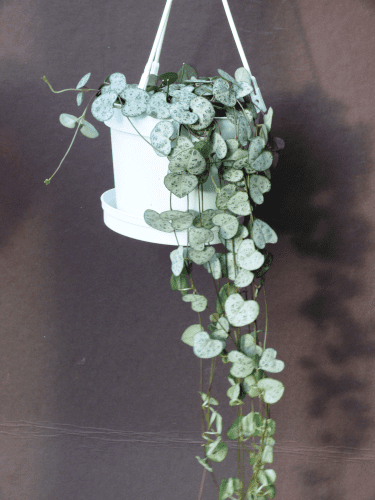Scientific name Ceropegia Rank Genus | ||
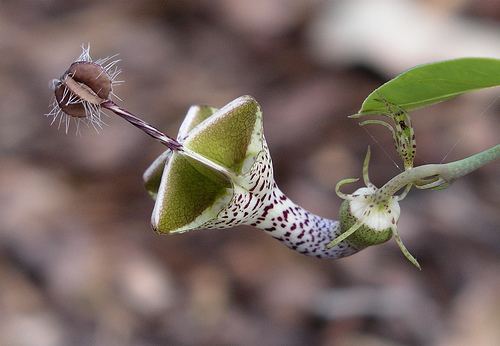 | ||
Lower classifications Ceropegia woodii, Ceropegia sandersonii, Ceropegia stapeliiformis, Ceropegia aridicola, Ceropegia decidua | ||
Unique ceropegia rosary vine a k a string of hearts
Ceropegia is a genus of plants within the family Apocynaceae, native to Africa, southern Asia, and Australia. It was named by Carl Linnaeus, who first described this genus in volume 1 of his Species plantarum, which appeared in 1753. Linnaeus thought that the flowers looked like a fountain of wax. From this the scientific name was derived: ‘keros’ meaning wax and ‘pege’ meaning fountain (Pooley, 1998). They have many common names including lantern flower, parasol flower, parachute flower, bushman’s pipe, string of hearts, snake creeper, wine-glass vine, rosary vine, and necklace vine.
Contents
- Unique ceropegia rosary vine a k a string of hearts
- String of hearts ceropegia woodii
- Appearance
- Classification
- References
Ceropegia species are traded, kept, and propagated as ornamental plants.
String of hearts ceropegia woodii
Appearance
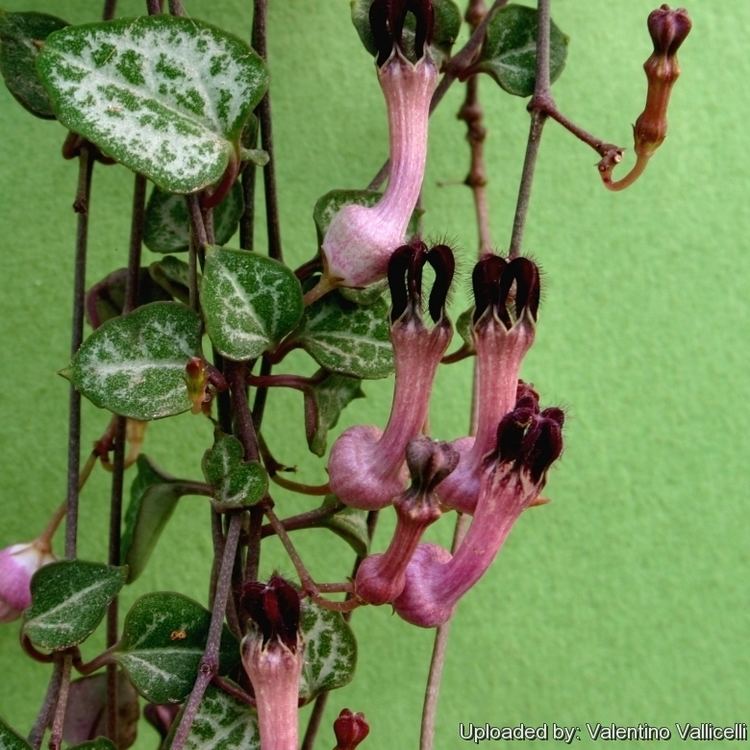
The stems are vining or trailing in most species, though a few species from the Canary Islands have erect growth habits. Among some species, such as Ceropegia woodii, the nodes swell, and the roots similarly expand to form tubers beneath the soil surface. The leaves are simple and opposite, although they can be rudimentary or absent. Especially in certain succulent species, the leaves may also be thick and fleshy.

The flowers have a tubular corolla with five petals most often fused at the tips, forming an umbrella-like canopy, a cage, or appendage-like antennae. The flowers of this genus are adapted for pollination by flies. A great diversity of fly species are associated with ceropegias. The flowers are often inflated and fused at several points, forming a cage. Flies become momentarily trapped inside, accomplishing pollination as they move about.
Classification
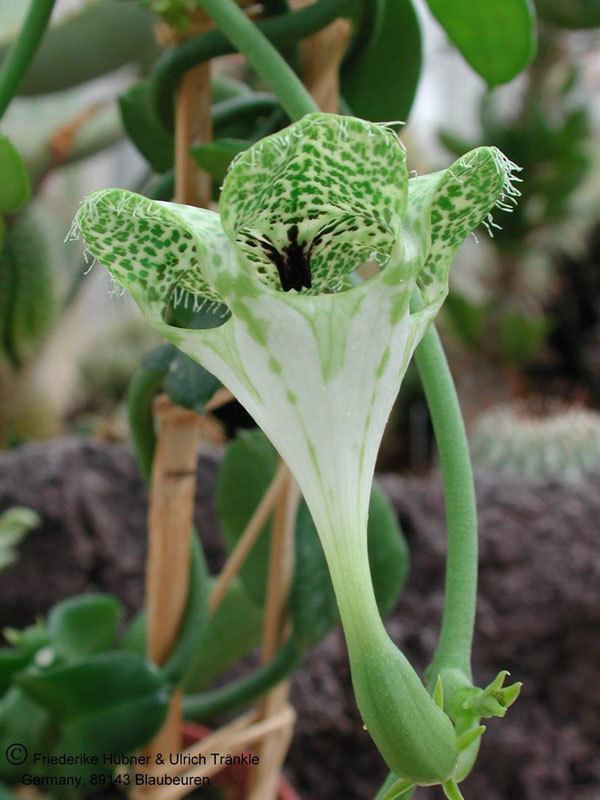
The genus Ceropegia belongs to the subfamily Asclepiadoideae (milkweeds) within the family Apocynaceae. Species of this genus bear similarities to the carrion flowers or stapelias. There are more than 180 known species and more are being discovered and described regularly. They are distributed throughout most of sub-Saharan Africa and Madagascar to the Arabian Peninsula, southeast Asia, the Canary Islands, the tropical Pacific, and Australia.
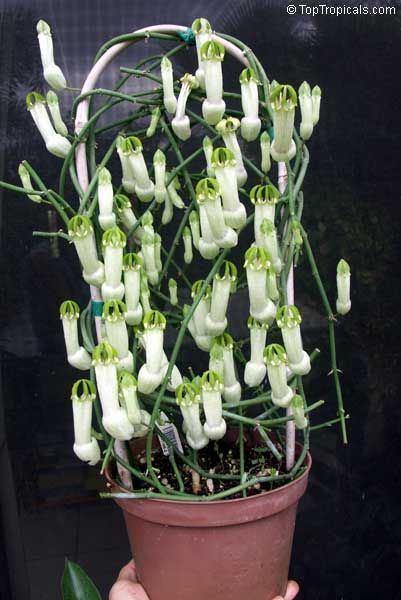
A generic complex, with many interesting taxonomic problems at both generic and specific level, is formed by three genera: Ceropegia, Brachystelma and Riocreuxia.

